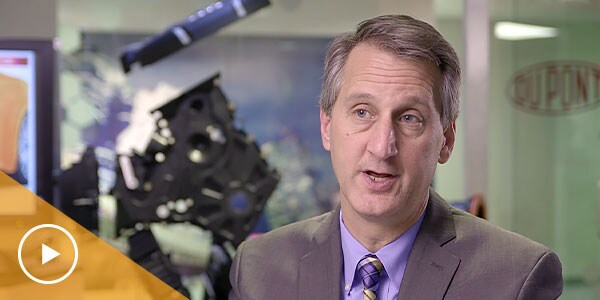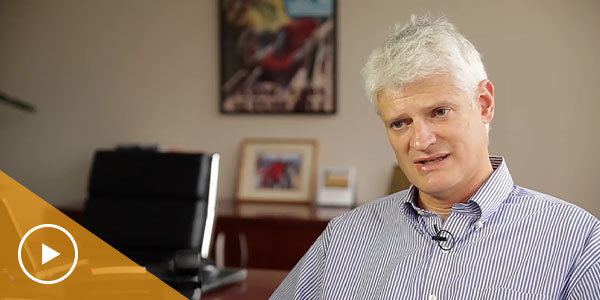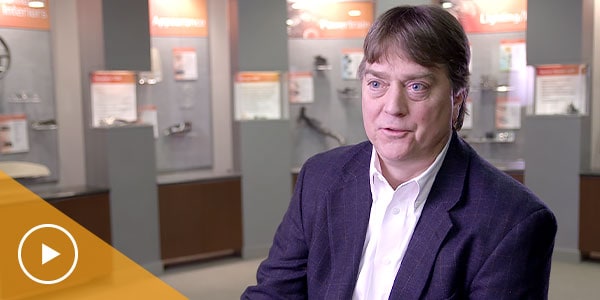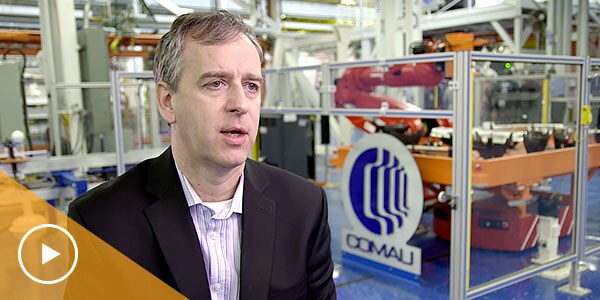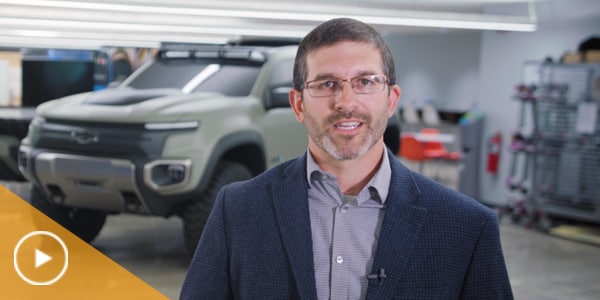Worldwide Sites
You have been detected as being from . Where applicable, you can see country-specific product information, offers, and pricing.
Keyboard ALT + g to toggle grid overlay
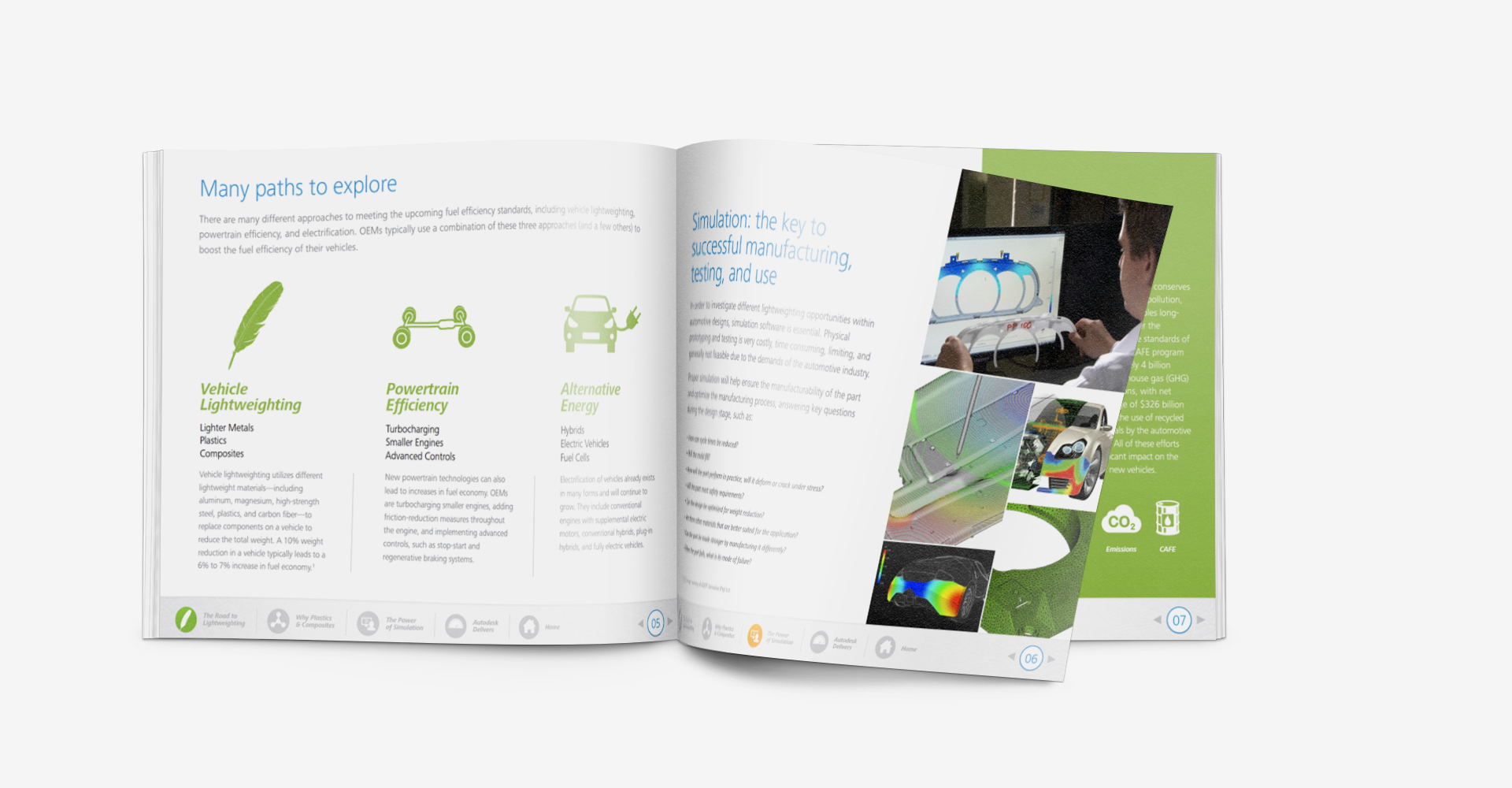
Simulation for automotive lightweighting
While physical prototyping and testing can be costly and time consuming, returning limited results, simulation allows you to fully explore different lightweighting opportunities within automotive designs. Learn more in this e-book.
Automotive lightweighting simulation in action
Explore specific lightweighting examples by clicking the nodes on the vehicle and view the associated simulation results.
Hood
|
OBJECTIVE |
Predict / Validate |
|
PROCESS |
Using data from a draping simulation, as-manufactured material properties were extracted and analyzed. Fiber orientations were determined and the structural integrity of the part was verified to determine that it met the functional specifications. |
|
BENEFITS |
|
|
TYPE |
100% carbon fiber |
Front fascia
|
OBJECTIVE |
Optimize |
|
PROCESS |
Using flexible cloud solving, hundreds of different materials and design iteration scenarios were tested, to obtain the combination which yielded the lowest piece-part-cost and weight without taxing local computing resources. |
|
BENEFITS |
|
|
TYPE |
100% plastic polymer |
Seat pans (2)
|
OBJECTIVE |
Validate |
|
PROCESS |
The manufacturing process was simulated and a warpage analysis was performed to ensure the quality of the final part and validate the overmolding process before any tooling investments were made. |
|
BENEFITS |
|
|
TYPE |
Overmolded composite blank |
Oil pan
|
OBJECTIVE |
Predict |
|
PROCESS |
Fiber orientations were simulated and manipulated to optimize the strength of the part. The as-manufactured material properties were extracted to complete structural, thermal, and vibration analysis to ensure product performance. |
|
BENEFITS |
|
|
TYPE |
Fiber-reinforced plastic |
Valve Cover w/ Integrated
Oil Separator
|
OBJECTIVE |
Predict |
|
PROCESS |
Simulation was used during the design stage to make decisions based on the manufacturability, material, and thermal analysis, resulting in multiple components being combined into a single, integrated plastic part. |
|
BENEFITS |
|
|
TYPE |
Assembly to a single plastic part |
Generative Design
With the introduction of generative design, automakers are radically rethinking what's possible with lightweighting. Minimizing mass and material use while maintaining high-performance standards and engineering constraints, generative design is opening a new era of innovative design and engineering solutions.
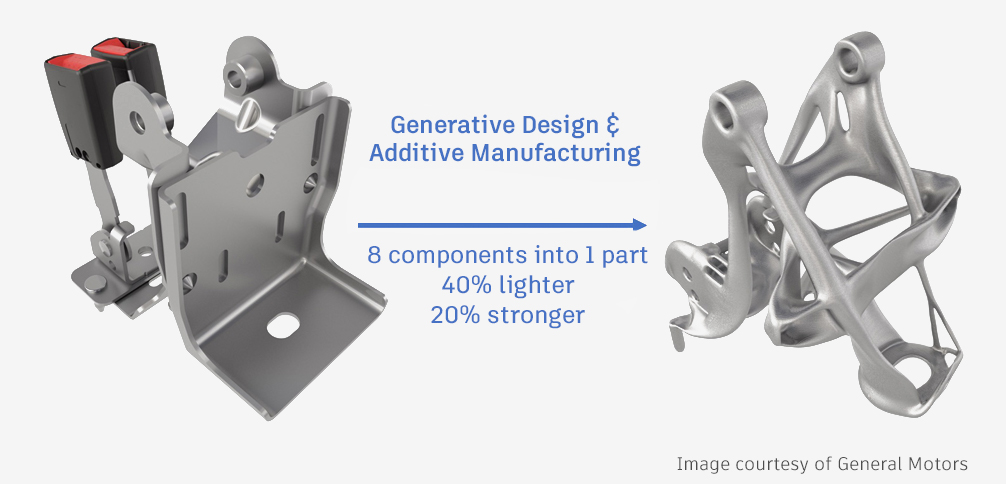
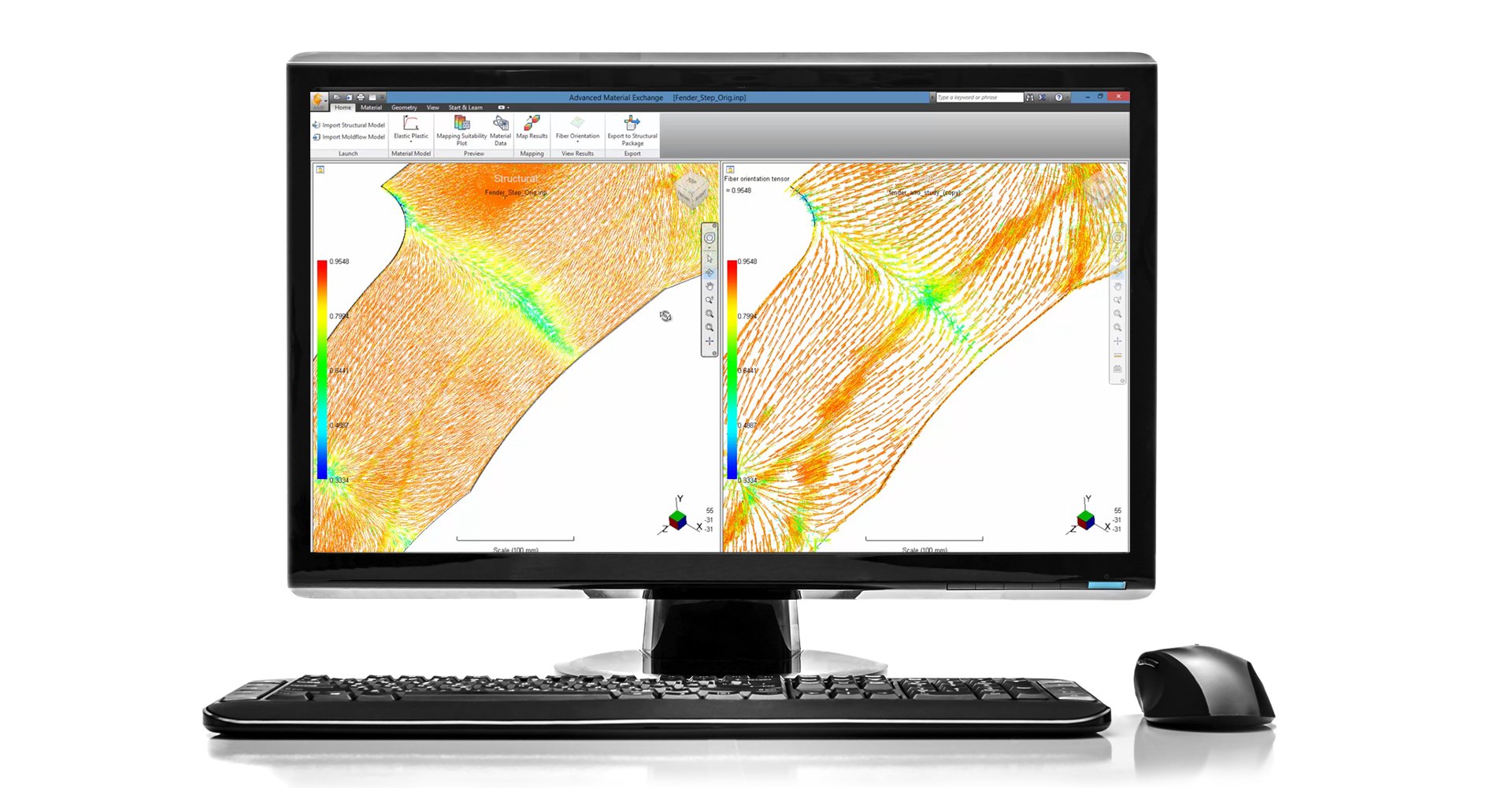
Advanced materials
As vehicle designs and functional requirements become more advanced, so do the materials. New materials are being developed every day, with more than 100 different types and grades of plastic used in the average vehicle. For added strength and stiffness, fibers are injected into plastic parts during the manufacturing process.
Composite materials offer significant reductions in mass without sacrificing function. Advanced materials can be grouped into four categories.
- Processes (overmolding, microcellular injection)
- Plastic resins
- Short and long fiber materials
- Continuous fiber composites
Controlling the orientation of reinforcing fibers during the manufacturing process affects the strength and resistance properties of the part. Capturing these "as-manufactured" material properties is critical to performing accurate analysis.
How does simulation help?
Advanced materials require simulation tools designed to address analysis requirements. These materials react differently than traditional materials, due to their construction. Our products help you address simulation requirements for automotive lightweighting applications.
Direct from the industry
Learn from executives at leading companies as they share insights about trends in automotive lightweighting, the benefits of using plastics and composite materials, and the role of simulation.
Software for automotive lightweighing
Talk to us
Call us toll-free or complete this form to speak with us about our full portfolio of automotive lightweighting solutions.
Call 1-855-612-9998 (toll-free in US)
Lines open Monday through Friday, 9am to 5pm.
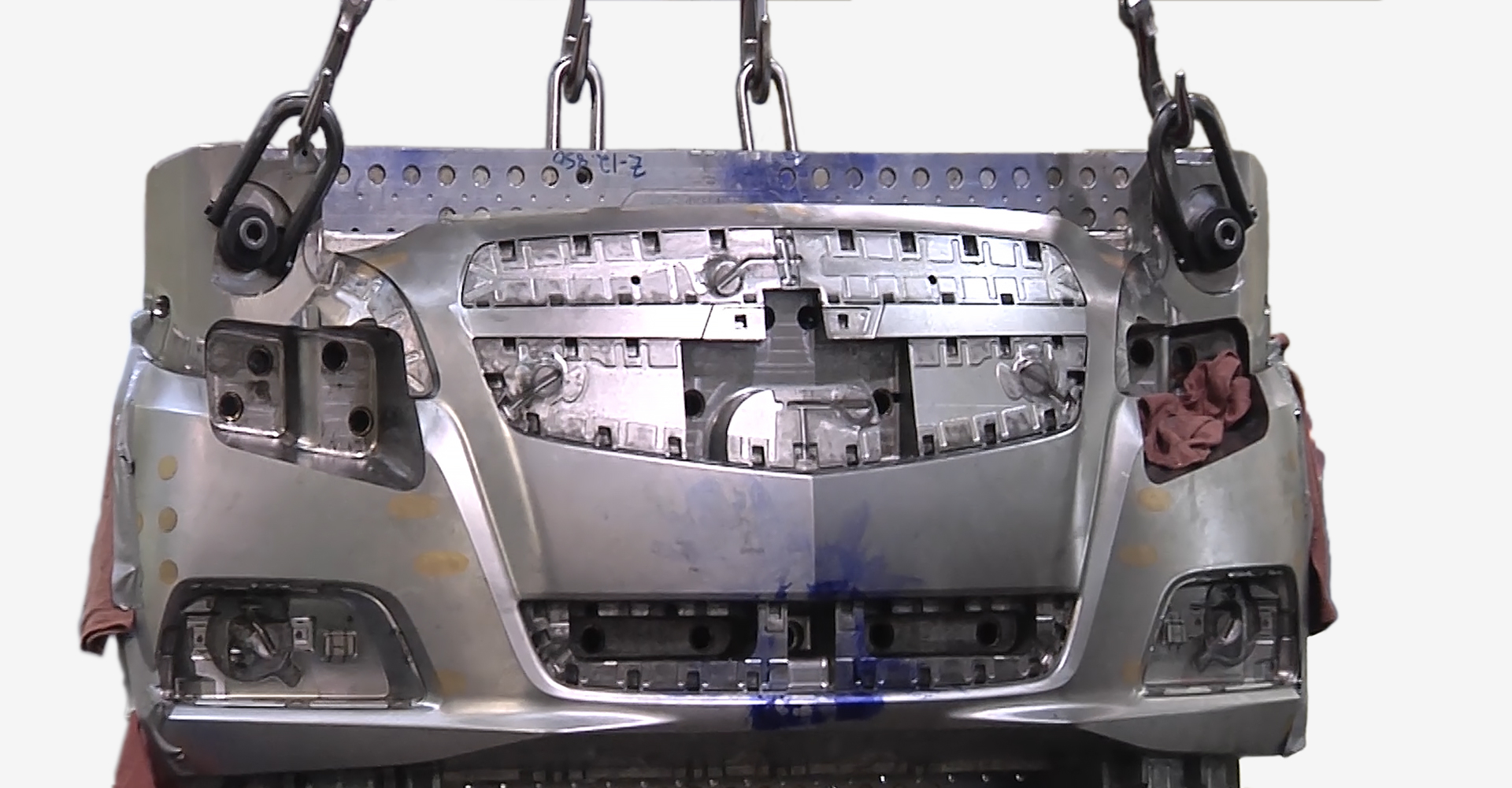
Looking for automotive manufacturing software?
Learn about additive manufacturing, subtractive CNC machining, injection mold simulation, hybrid manufacturing, factory planning, and all the capabilities of our complete portfolio of automotive manufacturing solutions.
